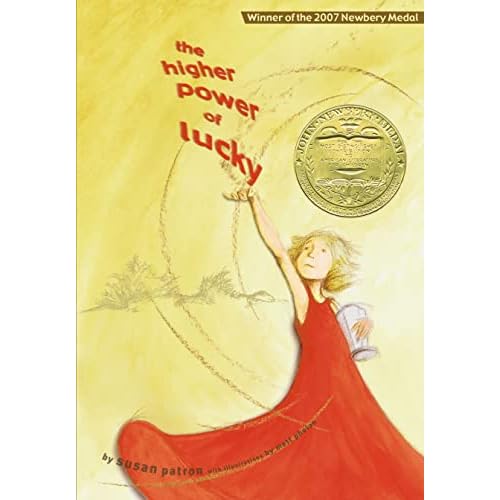 Gr. 4-8. In lush operatic style, Pam Munoz Ryan's picture-book biography When Marian Sang (2002), with beautiful illustrations by Brian Selznick, celebrated the triumph of the great African American vocalist in the face of the vicious segregation of her time. Now for middle-grade and junior-high readers comes this handsome, spaciously designed photo-biography. In his signature prose, plain yet eloquent, Freedman tells Anderson's triumphant story, with numerous black-and-white documentary photos and prints that convey her personal struggle, professional artistry, and landmark civil rights role. Everything leads up to her 1939 historic performance at the Lincoln Memorial, where, denied the right to sing at Constitution Hall, she thrilled a crowd of 75,000 and a national radio audience. Freedman reveals that Anderson never invited political confrontation, but with the support of such friends as Eleanor Roosevelt, she had a profound effect on the nation. Documentation is an essential part of her exciting story, with many pages of source notes as well as an enthusiastic, annotated bibliography, and, of course, a discography. Older readers and adults will want this, too. Hazel RochmanCopyright © American Library Association. All rights reserved
Gr. 4-8. In lush operatic style, Pam Munoz Ryan's picture-book biography When Marian Sang (2002), with beautiful illustrations by Brian Selznick, celebrated the triumph of the great African American vocalist in the face of the vicious segregation of her time. Now for middle-grade and junior-high readers comes this handsome, spaciously designed photo-biography. In his signature prose, plain yet eloquent, Freedman tells Anderson's triumphant story, with numerous black-and-white documentary photos and prints that convey her personal struggle, professional artistry, and landmark civil rights role. Everything leads up to her 1939 historic performance at the Lincoln Memorial, where, denied the right to sing at Constitution Hall, she thrilled a crowd of 75,000 and a national radio audience. Freedman reveals that Anderson never invited political confrontation, but with the support of such friends as Eleanor Roosevelt, she had a profound effect on the nation. Documentation is an essential part of her exciting story, with many pages of source notes as well as an enthusiastic, annotated bibliography, and, of course, a discography. Older readers and adults will want this, too. Hazel RochmanCopyright © American Library Association. All rights reserved Classroom Implications: Pairing this book with Ryan's picture book is a great way to make nonfiction texts accessible for the intermediate and upper grade classrooms. This book is an essential for biography studies and nonfiction reading.
Skills and Strategies
- Determining Importance
- Fact and Opinion
- Retelling
- Scanning
- Summarizing





















